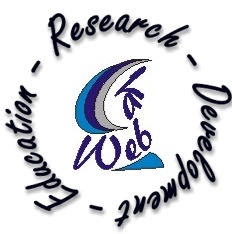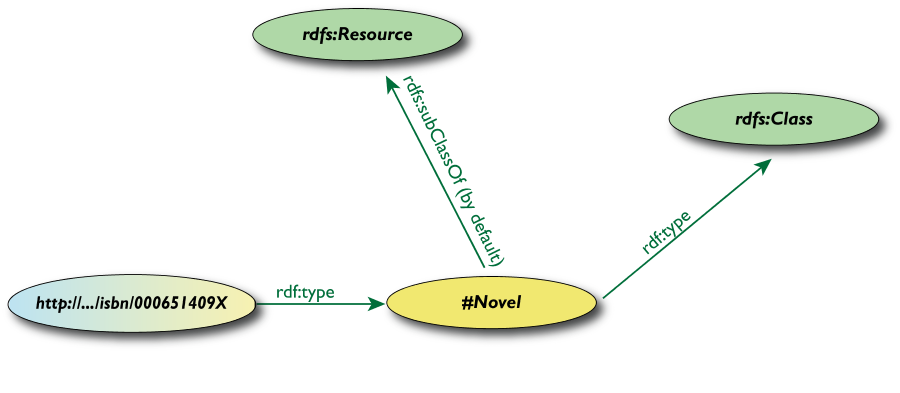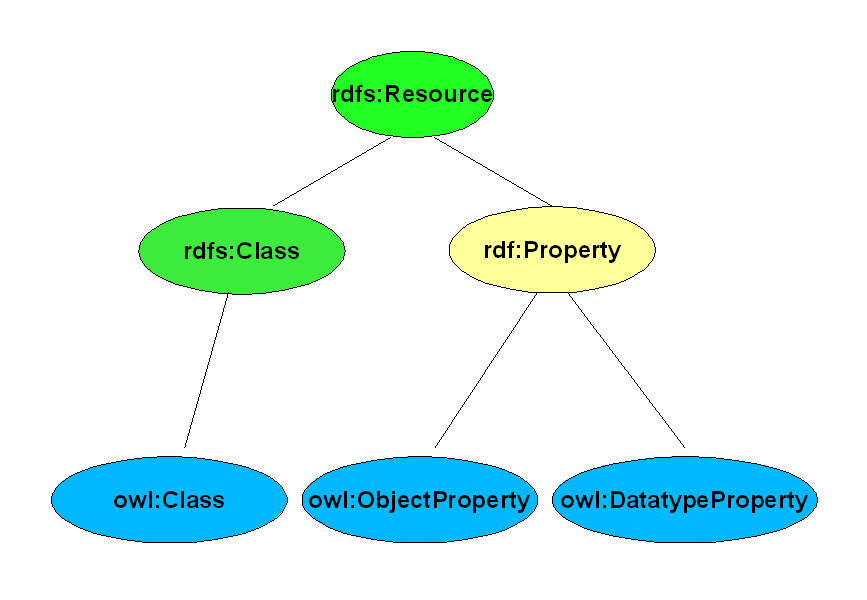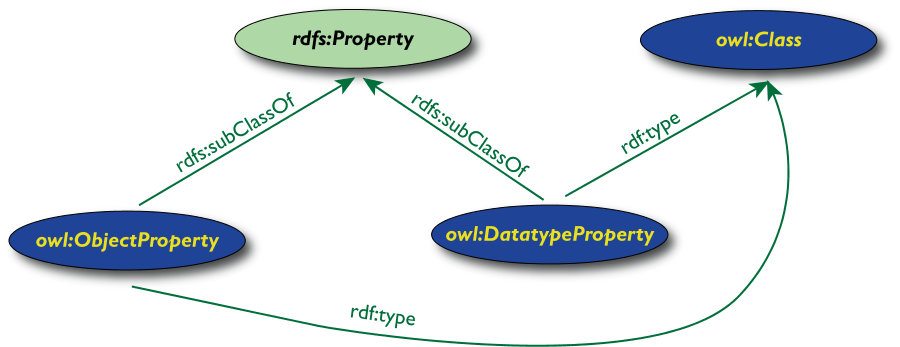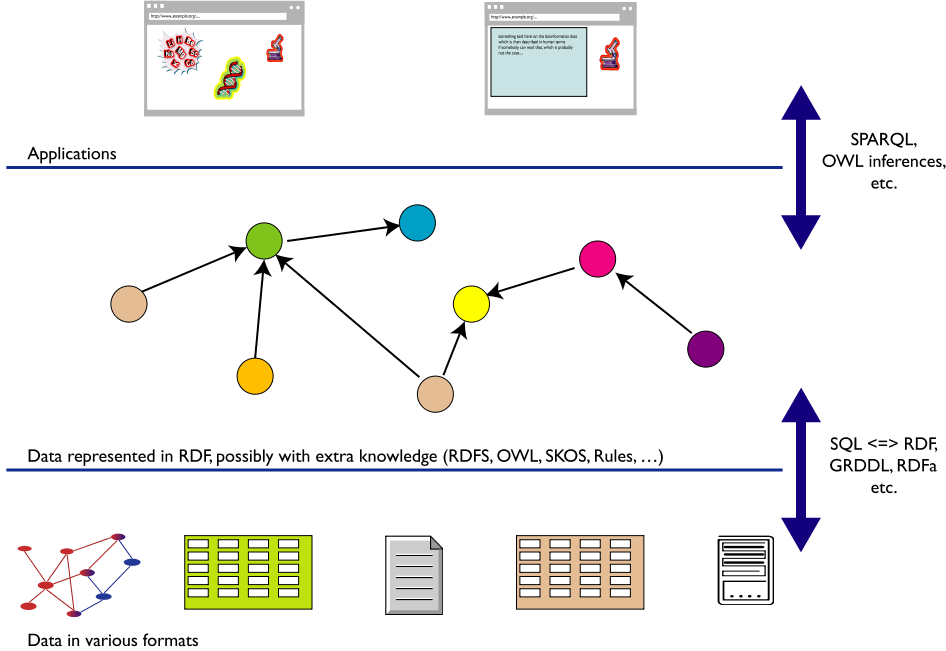Cosa è un'ontologia? (1)
Neches et al. (1991)
An ontology defines the basic terms and relations
comprising the vocabulary of a topic area as
well as the rules for combining terms and
relations to define extensions to the
vocabulary.
Gruber (1993)
An ontology is an explicit representation of a
conceptualization
Borst (1997)
Ontologies are defined as a formal specification of a
shared conceptualization
Studer et al. (1998) (Merging and explaining Gruber and
Borst)
An ontology is a formal, explicit specification of a
shared conceptualisation. A
'conceptualisation' refers to an abstract
model of some phenomenon in the world by having
identified the relevant concepts of that phenomenon.
'Explicit' means that the type of concepts
used, and the constraints on their use are explicitly
defined. For example, in medical domains, the concepts
are diseases and symptoms, the relations between them
are causal and a constraint is that a disease cannot
cause itself. 'Formal' refers to the fact that
the ontology should be machine readable, which excludes
natural language. 'Shared' reflects the notion
that an ontology captures consensual knowledge, that
is, it is not private to some individual, but accepted
by a group.
Cosa è un'ontologia? (2)
Guarino
A logical theory which gives an explicit, partial
account of a conceptualization
A set of logical axioms designed to account
for the intended meaning of a vocabulary.
A specific artifact designed with the purpose
of expressing the intended meaning of a
vocabulary
Jim Hendler
A set of knowledge terms, including the
vocabulary, the semantic interconnections and
some simple rules of inference and logic for
some particular topic

